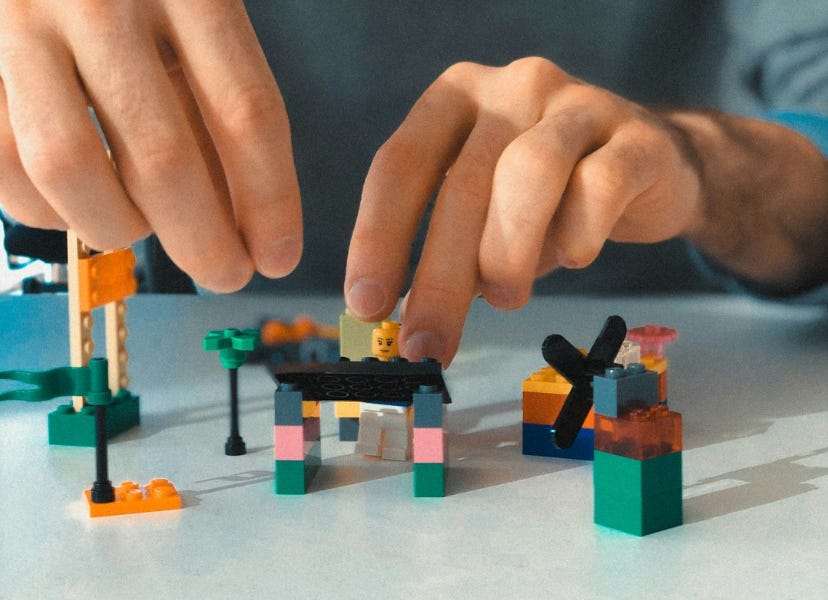Two families at the center of a tragic Tesla Cybertruck crash that killed three college students last year in Piedmont have filed suit in Alameda County Superior Court, claiming the truck’s door design lethally trapped their children inside.
Todd and Stannye Nelson and Carl and Noelle Tsukahara, parents of Jack Nelson, 20, and Krysta Tsukahara,19, said in separate filings and in recent public statements that their children, both Piedmont High School grads, were involved in a survivable crash on the morning of November 27, 2024.
The Nelsons’ claim seeks to “hold Tesla accountable for dangerous design choices,” including the use of electronic door handles that have failed during crashes, “whether due to power loss or other damage.”
The Nelsons claim that the backup mechanical rear door releases in Cybertrucks are concealed “beneath the liner of the map pocket at the bottom of the door,“ making them “impractical” to locate during an emergency, especially “in the smoke and chaos of a post-crash fire.” The claim says the county coroner determined that their son Jack died from smoke inhalation and burns, not from crash injuries.
The Tsukaharas’ claim, an amendment of one submitted to the court earlier this year, said their daughter Krysta survived the crash and “was fully conscious and aware of her emergency and life-threatening situation.”
Her attempts to escape the truck failed, the complaint claims, “due to the failure of the electrical system of the TESLA Cybertruck.”
The complaint is vivid about what this meant for Krysta’s final moments, saying she “suffered severe emotional harm and fright as well as significant and painful bodily injuries from being trapped in the Tesla Cybertruck and suffered unimaginable pain and emotional distress as she suffered from flames which consumed her and led to her death.”
 A page in an undated Tesla Cybertruck manual shows owners how to get out of the vehicle by opening up hidden mechanical enclosures. Credit: Tesla
A page in an undated Tesla Cybertruck manual shows owners how to get out of the vehicle by opening up hidden mechanical enclosures. Credit: TeslaOn page 227 of the Tesla Cybertruck manual, the “in case of emergency” section, shows the process for activating its rear door releases. It includes instructions to open a small flap on the door that reveals a release cable shaped like a noose, which must then be pulled out or forward with a finger to release the door. The front door mechanical releases are completely different: those releases are flat latches under the side window, just in front of the switches used to raise and lower the window, that are pulled up and back.
“In the unlikely event that Cybertruck has no low voltage power, you will not be able to open the doors from the interior by pressing the interior door open buttons,” says the manual. “Instead, use the manual door releases.”
On the outside of the truck, as with other Tesla models, there are no physical door handles that a rescuer could grab. Drivers open the doors with an electronic fob, a paired electronic card, or a smartphone app.
The Tsukaharas claim that Tesla Motors had a duty to identify any “defects creating unreasonable risks of harm” and failed to do so. Since the 2000s, car safety standards have required an interior release accessible to passengers.
“Regardless of the cause of a crash, the manufacturer’s obligation includes designing vehicles that permit timely escape and rescue in the event of fire,” the Tsukahara claim says.
Jack and Krysta, both college sophomores — Jack at the University of Colorado at Boulder and Krysta at the Savannah College of Art and Design — were seated in the back of the Cybertruck at the time of the crash. The driver, Soren Dixon, a sophomore at the University of Southern California, was speeding westbound on Hampton Road in Piedmont when the truck collided with a concrete retaining wall, ending up wedged between the wall and a large tree. Dixon, who died in the collision, was later found to have been intoxicated, with an alcohol level nearly 2.5 times the legal limit for an adult, and had traces of cocaine in his system. The other students had also been drinking and had traces of cocaine in their system.
Dixon’s grandfather, Charles Patterson, owned the Cybertruck at the time. The Tsukahara lawsuit claims Patterson “negligently hired, trained, entrusted, and/or supervised” his grandson with the Cybertruck and in that sense was partially responsible for the fatal crash.
Patterson, a resident of Contra Costa County, died since the crash, according to the Nelsons’ lawyer, Andrew P. McDevitt. Both families’ claims also seek damages from his estate.
A third passenger, Jordan Miller, 20, was sitting in the Cybertruck’s front passenger seat. Miller, a sophomore at the University of Wisconsin, was saved by a friend, Matt Riordan, who was trailing the Cybertruck in his own car and frantically tried to rescue his friends after the collision. In the crash report from the California Highway Patrol, Riordan described his desperation as he forcefully tried to break into the truck through its strong laminated windows, ultimately removing the front window to pull out Miller. Riordan was unable to save the rest of his friends as the truck became engulfed in flames.
The Nelsons’ claim says Tesla had substantial notice — whether from its own data, Tesla drivers, or other incidents of entrapment after collisions — that the design posed a “highly foreseeable risk” to its drivers.
“They were all victims of Tesla’s unsafe design,” the Nelson family said in a statement. “Their deaths and injuries have devastated everyone who knew them. The impact has been felt not only in Piedmont but also far beyond — including at the University of Colorado Boulder, where Jack was a student and is deeply mourned by his friends and classmates.”
The New York Times first reported the legal filings.
The Alameda County Court has scheduled a preliminary hearing on the Tsukahara complaint for January, at which point Tesla will have 30 days to file its response. The next hearing in the Nelson case, before a different judge, is scheduled for March.
Tesla under investigation
The two families’ claims come in the wake of the National Highway Traffic Safety Administration opening an investigation into Tesla’s doors on its Model Y SUV.
On September 15, the agency announced it was investigating nine incidents in which electronic doors on Model Y’s became inoperable, potentially due to the doors receiving insufficient voltage. In some instances, parents described being unable to open the back doors of their cars, leaving their children trapped inside. Four families, the agency reported, had to break a window to retrieve their child.
“Although Tesla vehicles have manual door releases inside the cabin, in these situations, a child may not be able to access or operate the releases even if the vehicle’s driver is aware of them, ” said a summary from the Office of Defects Investigation. “As a result in these instances, an occupant who remains inside a vehicle in this condition may be unable to be rapidly retrieved by persons outside of the vehicle.”
Since the model’s release in November 2023, door issues have emerged in other Cybertruck crashes. Michael Sheehan, a 47-year-old nurse from Harris County, Texas, died in the aftermath of a collision in Baytown on August 5, 2024. According to S. Scott West, a lawyer who represents his widow and parents, Sheehan burned to death in the truck due to a range of defects, including battery, structure, and door design. “Make these vehicles so safe that I don’t have to do this anymore,” he implored Tesla CEO Elon Musk.
The Cybertruck has been recalled eight times since its release over safety issues, including over one flaw that caused the drive wheels to lose power, and another that caused acceleration pedals to get stuck.
Just last week, the government launched a probe into Tesla’s self-driving software, which has reportedly moved cars through red lights and forced them onto opposite-direction roads.
Tesla was among the first with electronic door entry technology for electric vehicles, but other makers have since developed similar features. The Ford Mustang Mach-E and the R1S Rivian both have them. This past June, Ford recalled 200,000 Mach-E models from 2021 to 2025 because their 12-volt batteries sometimes failed, locking passengers inside and preventing them from using the electronic door latches until the car’s battery was jump-started.
The Oaklandside has submitted a public records request to the NHTSA for all complaints related to door-latch entrapments.
The high-profile lawsuits in California and Texas may be prompting EV manufacturers to bring back mechanical handles.
Early last month, outlets reported that Rivian, whose largest shareholder is Amazon, was looking to redesign the electronic doors for its upcoming R2 SUV. The R2, which begins shipping next year, is an important vehicle for the company, intended to compete with the most popular electric SUVs, including Tesla’s Model Y.
Cybertruck owners, reading about these tragic cases over the last year, are engaged in robust online debates about the merits and risks of the electronic door latches. While some have noted that car designers say the lack of handles keeps the car streamlined, improving mileage and acceleration, others have criticized it, saying the gains are minimal and that a vehicle that is supposed to be accessible to anyone, not just expert drivers, should have the safest engineering possible.
We asked Oakland residents about the door handle issues on a local Reddit forum. A couple of posters expressed surprise that drivers continue to hit the road in Cybertrucks.
“It is fucking wild that anyone would continue to drive Teslas with the abysmal safety record and refusal to correct bad design,” one user posted.
Correction: An earlier version of this article misstated Amazon’s ownership stake in Rivian; Amazon is its largest investor but does not own the company.
"*" indicates required fields
Company
This field is for validation purposes and should be left unchanged.
Send a note to the Oaklandside newsroom.*
See an error that needs correcting? Have a tip, question or suggestion? Drop us a line.
This field is hidden when viewing the form
Embed URL
.png)




